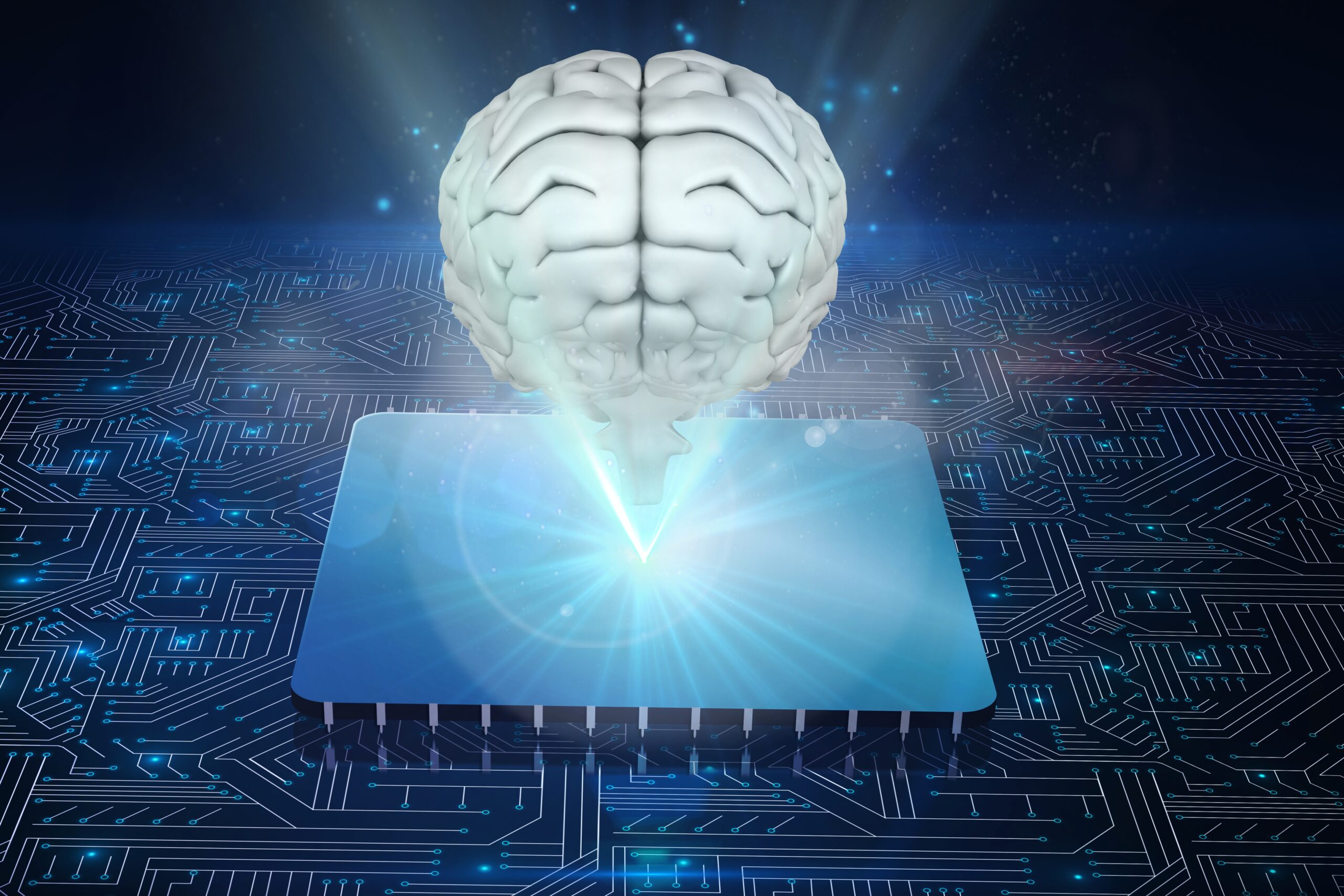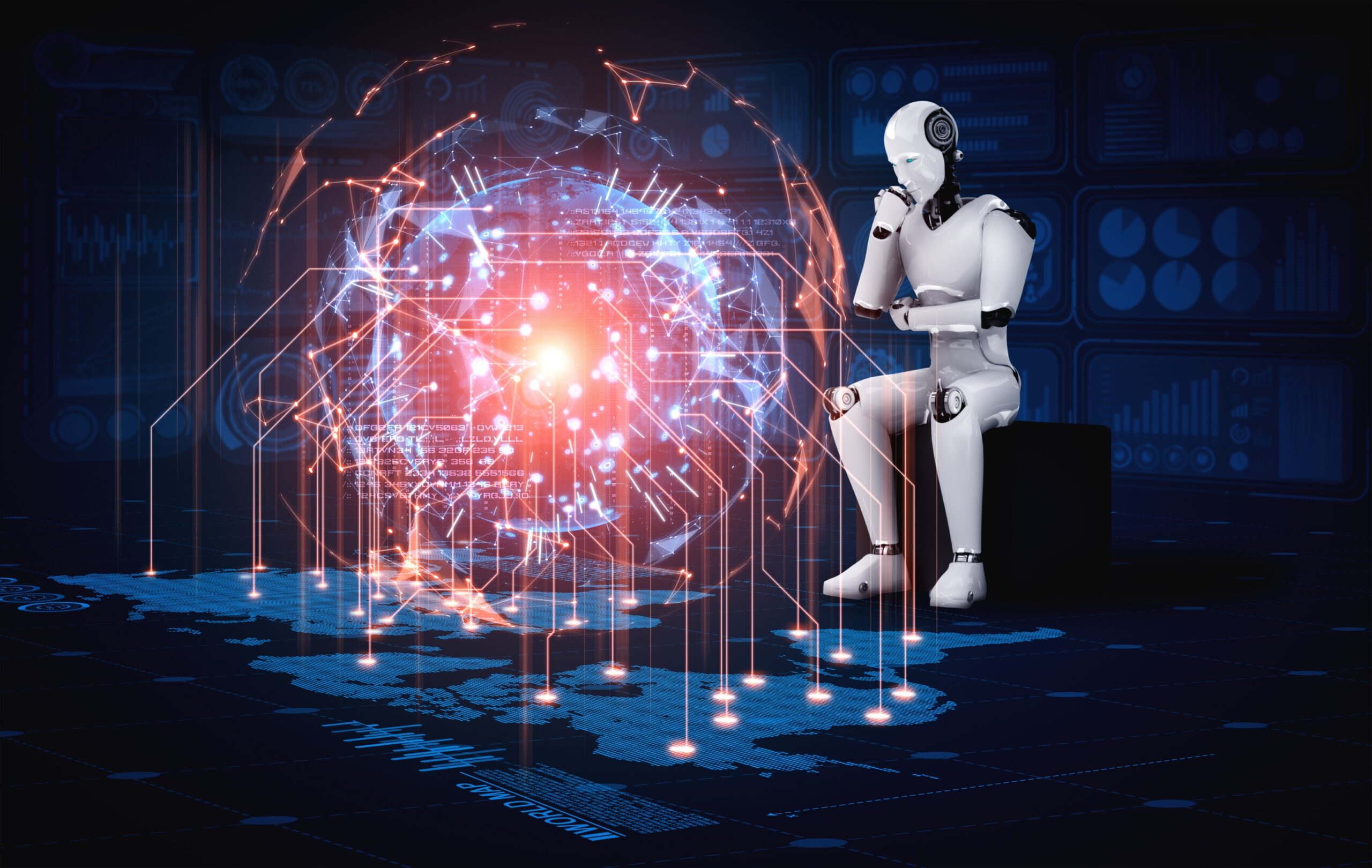What is Computational Neuroscience?
The combination of neuroscience and computer science and mathematics forms computational neuroscience which functions to discover brain operation mechanisms. By using both network and neuron-based models brain activities can be simulated including the firing of single neurons as well as the processing of network-wide information. The construction of a digital version of the brain allows scientists to observe its operation which leads to comprehension starting from reflexes up to complicated mental processes
Mechanisms: How It Works
Multiple methods exist within this academic field to study brain functions.
- The integrate-and-fire and Hodgkin-Huxley models serve as neuron simulations that reproduce neuronal electrical signaling phenomena in a similar manner to light bulb activation cycles.
- Synaptic Plasticity examines the way neural connections either get stronger or weaker because it influences learning and memory functions similarly to radio volume adjustment.
- The study of network dynamics focuses on how neural groups interact to observe patterns that resemble symphonic orchestra rhythms to understand information process capabilities
Implications: What It Means for Us
Computational neuroscience research produces insights which affect various aspects of human life:
- The research models of neural circuits enables scientists to study Brain Disorders like Parkinson’s and schizophrenia for developing improved treatment methods.
- Artificial Intelligence benefits from concepts derived from brain research to develop systems with intelligence patterns resembling human cognition through knowledge acquisition such as teaching a robot skill retention from practical interactions.
- The application of simulations enables students to understand complex brain concepts through educational tools for neuroscience learning such as video games that let students explore brain structure.
The investigative survey demonstrated a complete analysis of Computational Neuroscience:
Computational neuroscience serves as the scientific connection between neuroscience and computer science along with mathematics to investigate computational brain processes through models of computation and mathematics. This paper presents a comprehensive analysis of computational neuroscience through a detailed exploration of its origins, fundamental methods along with its mechanisms and effects while using multiple academic research articles for validity.
Definition and Historical Context
Using mathematical tools together with theoretical analysis and brain abstractions allows researchers to examine neurological principles that control nervous system development as well as structure and functions and cognitive abilities using computational models. The scientific approach uses biological plausible neurons and neural systems which get scrutinized through computational simulations. Theoretical neuroscience and mathematical neuroscience make up computational neuroscience along with its quantitative focus although it separates from artificial intelligence and control theory systems running biologically implausible connectionist modes.
The scientific origins begin at the start of the 20th century when Louis Lapicque developed the well-known integrate-and-fire model of 1907 which continues serving as a basic model for studying artificial neural networks. Computational neuroscience received its official naming in the 1980s during the defining 1985 Carmel California conference of Eric L. Schwartz that later became “Computational Neuroscience” (1990). The development of Computational Neuroscience began when Caltech launched its first Computational and Neural Systems Ph.D. in 1985 and the inaugural international annual meeting took place in San Francisco during 1989
Key Approaches and Methods
The field employs three main modeling approaches based on a complete review of the various approaches.
- Signal processing algorithms together with stochastic process models and linear filter models and population coding/decoding algorithms form the descriptive models of observed neural activities.
- Normative Theories work to understand brain information processing by using philosophical theories such as decorrelation along with Bayesian inference for neural coding to describe optimal function based on probabilistic distributions.
- The Hodgkin and Huxley model represents an example of mechanistic models because it provides a biological explanation of action potentials through simulations based on neuroanatomy and neurophysiology.
Researchers derive their models through extensive collaboration between experimental studies and they develop these models from single-neuron in vitro biophysical experiments and in vivo visual cortex orientation studies and locomotion central pattern generator experiments. Theoretical concepts derived from models explain the process of balanced cortical excitation and inhibition stemming from irregular spiking patterns as well as the development of reinforcement learning for reward-based decision making.
Mechanisms: Detailed Exploration
Computational neuroscience experts study several main factors that represent its mechanisms:
- Between them are the simulate-and-spike model, which transforms neuron responses into spikes based on incoming information, and Hodgkin-Huxley operates as a bioelectrical model for explaining the patterning of action potential responses through membranes. The models imitate how nerve cells develop electrical impulses through a system that functions like electrical circuit simulations.
- Science examines synaptic plasticity as the procedure which modifies synapse link strength between neurons for creating learning capacities in memory functions. Computational modeling investigates two types of synaptic plasticity as it relates to Hebbian learning concepts and spike-timing-dependent plasticity mechanisms which alter neural network flexibility.
- Network Dynamics focuses on investigating population-based neuron connections to study their harmonic movements and coordinated behavior and unpredictable behavioral patterns. Computational models demonstrate the capability of neural networks to produce rhythmic patterns by mimicking synchronized clapping among crowds which enables them to perform information processing and cognitive procedures.
Implications: Broad Impacts
Computational neuroscience creates extensive effects which extend into three main areas including fundamental research and patient treatment and technological innovation:
- By studying brain functions scientists obtain basic principles which explain neural response adaptation to stimulus strength and this discovery known as normalization. We need such fundamental comprehension to understand how working memory along with decision-making and selective attention work inside the human brain.
- The research helps computational psychiatry by investigating psychiatric disorder circuit mechanisms that might create potential opportunities for personalized medical interventions. Research models provide knowledge about the neural origins of schizophrenia and demonstrate how this condition interferes with brain connectivity.
- Artificial Intelligence development receives guidance from this field through its models for machine learning which adapt brain concepts of higher cognitive abilities such as multi-tasking and planning. The exchange of ideas between brain structures now appears directly in neural network designs for deep learning projects that strive to reach brain-like operational speed.
- Simulations paired with models double as teaching devices that make complex neuroscientific ideas easy to understand as well as research instruments that unite different brain data sets such as fMRI and EEG to understand neural activity while overcoming spatial-temporal resolution boundaries.
Current Developments and Future Directions
Current advancements in neuroscience involve massive brain simulation projects targeting major brain areas and total brain simulation initiatives such as those carried out by the US Brain Initiative from 2013 and the Chinese Brain Project from Innovation 2030. As an Innovation 2030 program the Chinese Brain Project focuses on computational neuroscience for examining neural bases of cognition along with brain-machine intelligence amalgamation. The field’s development is evident through combined neuroimaging and machine learning methods in neuroinformatics that meet big data requirements for both single-cell transcriptome and largescale neurophysiological data analysis.
The future growth of Chinese computational neuroscience would benefit from implementing theoretical neuroscience research centers alongside the development of the Computational Cognitive Neuroscience Summer School () that has taught approximately 270 students and postdoctoral researchers throughout ten years. The implementation of funding programs designed to facilitate collaboration between theorists and experimentalists matches the structure of the US CRCNS program.
Detailed Table: Modeling Approaches in Computational Neuroscienc
| Approach | Description | Examples |
| Descriptive Models | Describe observed neural activities using algorithms and stochastic processes | Signal processing, population coding |
| Normative Theories | Explain optimal information processing based on theoretical principles | Bayesian inference, decorrelation |
| Mechanistic Models | Biologically realistic, based on anatomy and physiology | Hodgkin-Huxley model, multicompartmental models |
The presented table illustrates the diverse techniques which merge to achieve complete knowledge of brain operation.
Conclusion
Computational neuroscience stands as an essential research field in brain science that achieves this through computational methods integrating experimental findings to study mental processes and conduct behavioral investigations. Complex brain process understanding emerges because its mechanisms model neurons and study network dynamics to generate practical uses for clinical work and technology development and educational purposes. This field continues to advance with promising outcomes for improving brain research along with higher levels of neurological challenge management





